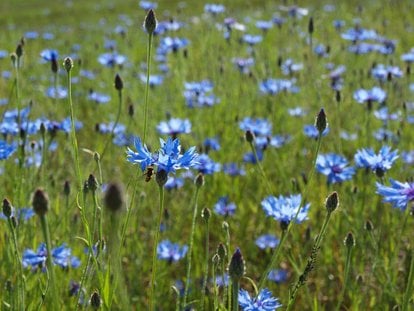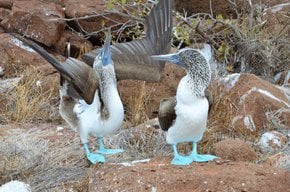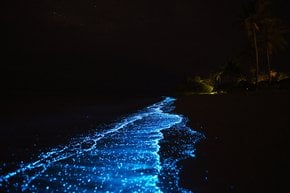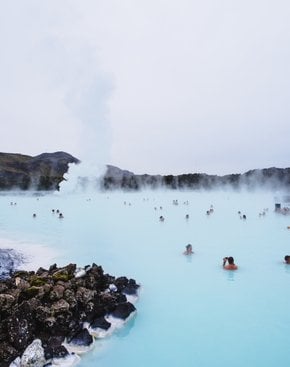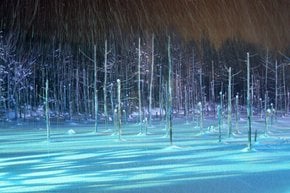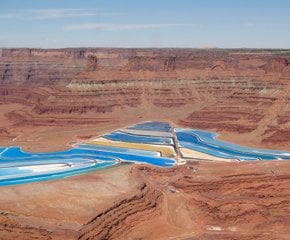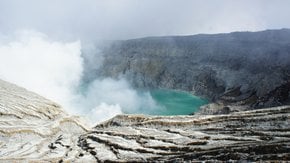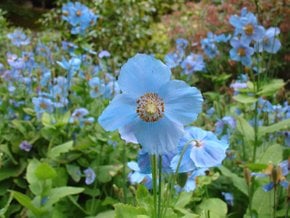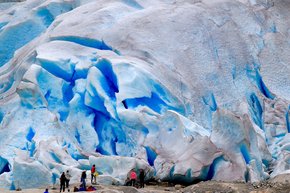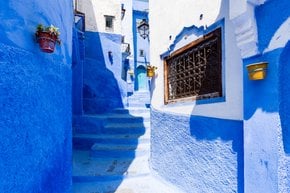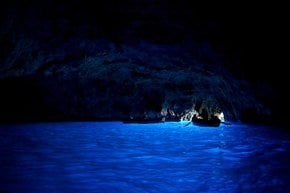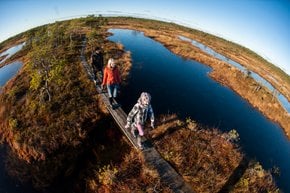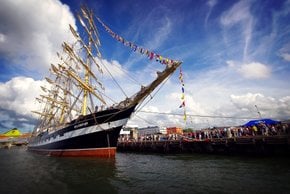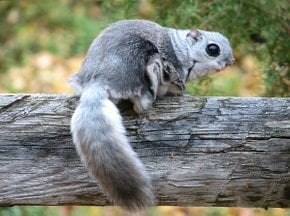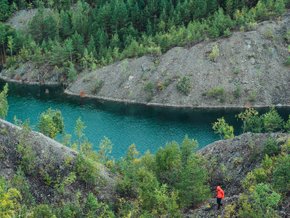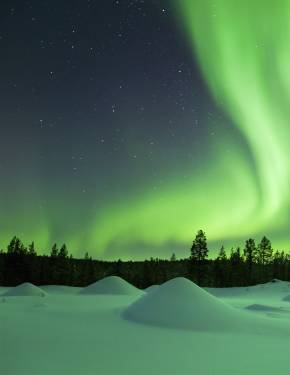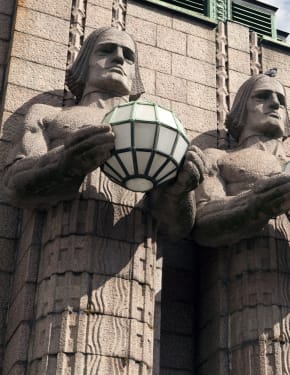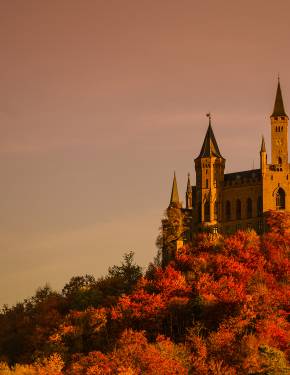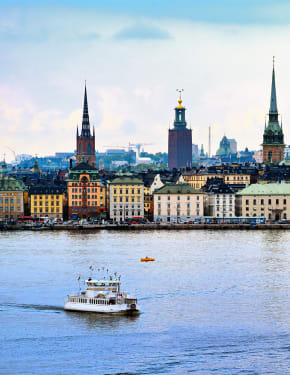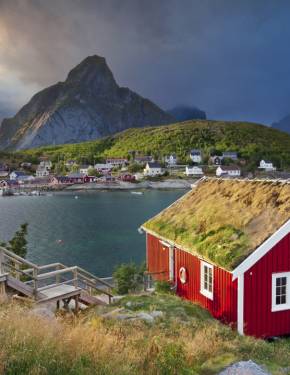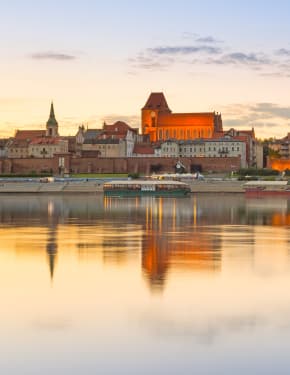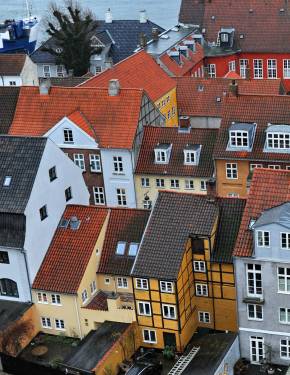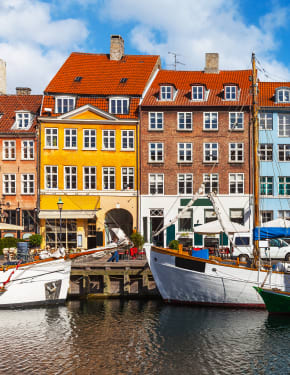Blue Cornflower Bloom in Estonia 2026
A small blue flower, the symbol of Estonia, is widespread across the country
Best time: June–August
Growing in Estonian fields for hundreds of years, this beautiful sky blue flower is highly appreciated and often used in medicine. The blossoms are also used to make a coloured fabric both resistant to water and the sun. The blue pigment, proto cyanin, cannot be easily bleached. The cornflower pattern has been used in many crafts. It's striking graphic appearance is loved by many artists and designers. The campaign to choose this flower as a national symbol, organised by the Estonian Wildlife Protection Society, was held in 1967-68. However, in the times of the Soviet Union, the authorities banned the image of cornflowers. During the 100th anniversary of the Estonian Song Festival (1969), all the cornflowers used as decorations were painted in red.

